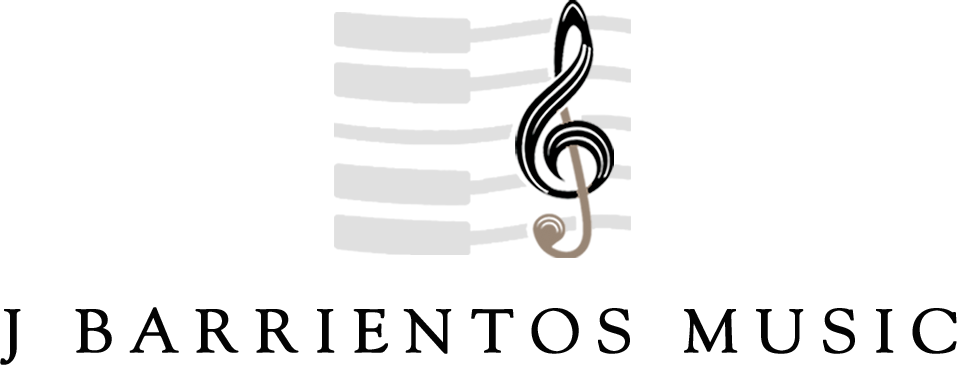MUSIC FOR SMALLER HANDS: HOW I FOUND THE WAY
It all begins with an idea.
As I have mentioned in one of my product descriptions I quit the piano and turned to other things, like electronics technology and later software engineering. It was when I saw and heard a thirteen-year-old Japanese girl on YouTube playing Liszt’s Rigoletto Fantasy, that I decided to get back into piano. I looked around for music to fit smaller hands, but the only things I found were the Sonatinas that I had already learned as a child. I also could play Chopin’s Nocturne in Eb, Opus 9 No. 2, the Minute Waltz, and Beethoven’s Pathétique Sonata. My signature piece became Chopin’s Revolutionary Etude, which I had to adapt only slightly.
But I wanted to be able to play the larger pieces that were transcribed for smaller hands. I found nothing. So, I began to see if there were pianos made for smaller hands. There were. I ran across the Donison-Steinbuhler standard for smaller keyboards that fit into an otherwise standard piano. For upright pianos, the engineer, David Steinbuhler, would get the piano and put in an action (which included the smaller keyboard) that he had made. At the time, the Walter Piano Company was the only one selling them, so I went to a piano store in San Jose, California that sold Walter pianos so I could try (a standard) one out. The owner of the store liked my playing so much that he wanted to hire me part time (I had a full-time job already). That, despite my speech impediment, which he felt could be turned to advantage, along with my playing. That was a fateful decision. While I had some success in selling, I most remember the day when Amy Hunter, founder of the Hunter School of Music (named after her father, not herself) with Dr. Brian Ciach, newly arrived from the East came into the store. They were looking for a piano to rent. When I found out that he had a doctorate in composition, I realized that this was someone I needed. I was interested in learning music theory to help me read music better. I was already learning theory self-taught (I tend to be an autodidact — that’s also how I learned classical and Koiné Greek as well as some Latin and Hebrew), but I knew he could take me to the next level, and even tweak my piano playing, as I was already getting back into practicing.
Brian was always encouraging, and frankly had more confidence in me than I had in myself. Almost immediately he wanted to delve into an in-depth analysis of Chopin’s Fourth Ballade. We didn’t then, but I continued to learn from him. Soon he introduced me to composition projects he was working on using music software. It didn’t take long for me to realize that such software would enable me to realize my original dream of having the great classics transcribed for smaller hands — doing it myself, at that! The rest, as they say, is history.
In coming iterations of this blog, I’ll discuss some of the theory work I have done, and maybe a review of the four music software programs I have used, with an explanation of why one of them is my favorite.
The Challenge of Smaller Hands
It all begins with an idea.
I still remember as if it were yesterday, the day the doctor told me I had stopped growing due to the ravages of avascular necrosis on my bone structure. All my hopes and dreams of being a concert pianist were immediately dashed, and I went into a period of depression and quit the piano altogether.
That was a mistake. Though I could never hope to get the hands I needed to play many of the pieces I wanted to, continuing to play would have made my hands grow more.
But I had another problem, one that I don’t talk about much, and one that would have affected my ability to be a concert pianist, even if my hands had grown to average adult size. If you look carefully at the opening video on my homepage you will see it. Notice that my little finger, the “pinky” as they call it, is not proportional to the rest of my hand. It is very weak and cannot play a note by itself. Even when I do use it you can see that I have to lean the whole hand over the note for support. Usually, I have to use the fourth finger where most people would use the fifth.
So, should I play at all? Well, I didn’t want to play if I could not play the music I wanted to. My father tried when I was young (he died when I was thirteen) to get me into popular music. That was his genre, and he could play songs for six hours straight without repeating any. But that was not for me. Once Dr. Brian Ciach introduced me to music software, I realized that I could transcribe much of the classical repertoire to fit my hands. I can now play what I love to play. There are many examples throughout history of the indomitable human spirit. My story is only one, but I hope it will inspire others to play as well.
I would love to know of your experiences, even if they don’t involve piano playing per se. Let’s get a dialogue going, but really, my message is to all those who want to — let’s play.

